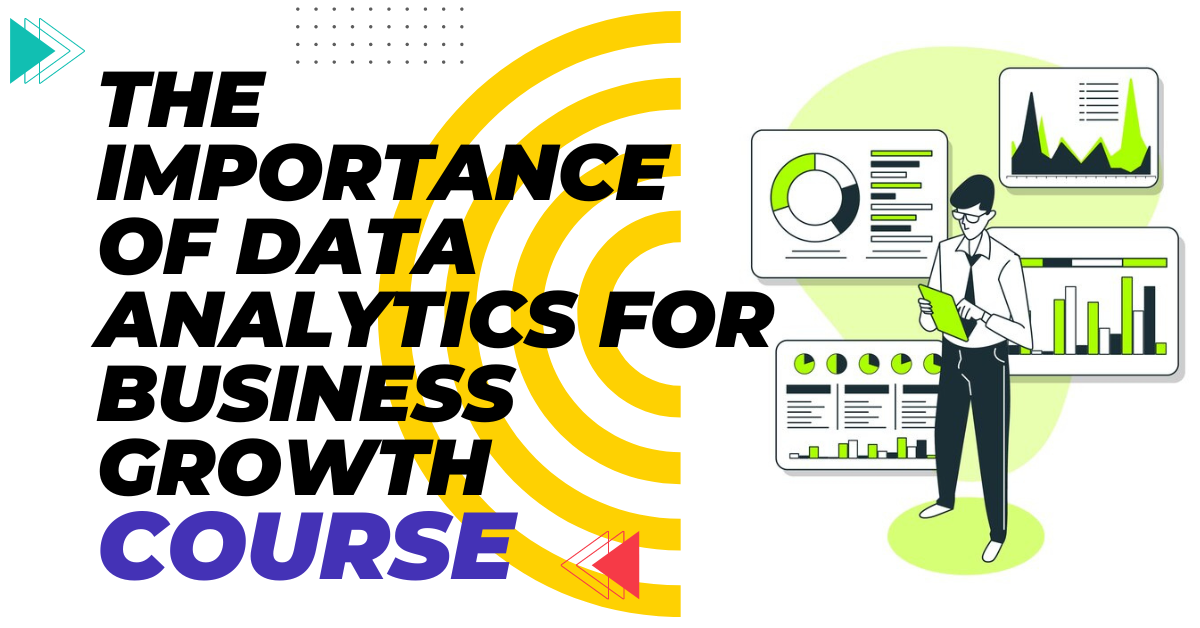
Data analytics is the process of storing, organizing, and analyzing raw data in order to find answers or gain valuable insights. Bryce Tychsen points out that this maintains long-term growth and increases profitability, in addition to improving efficiency. In this blog, we examine how data analytics is a vital component for contemporary companies looking to thrive in a data-driven environment. By using data analytics, businesses can make quicker decisions that boost sales, cut expenses, and promote innovation, giving them a competitive edge. Modern social media networks evaluate user data, such as likes, shares, and connections, using sophisticated algorithms.
Understanding Your Customers Better
Business success in the real world depends on knowing your customers. Effective strategies are shaped by the valuable insights provided by data analytics, which play a vital role in analyzing customer behavior and preferences. According to Bryce Tychsen, businesses can customize their offerings to meet specific customer needs by analyzing demographic data, purchase histories, and browsing patterns.
- Personalized Product Suggestions: To increase customer satisfaction and sales, Amazon makes product recommendations based on past browsing and purchase activity.
- Segmentation strategies: To increase user engagement, Netflix groups viewers according to their viewing preferences and makes personalized content recommendations.
- Predictive Analytics: Spotify uses listening history to predict music preferences, resulting in personalized playlists that keep users engaged.
- Customer Journey Mapping: In order to improve user experience and boost conversion rates, Adobe examines customer touchpoints across digital platforms.
- Analysis of Feedback: In order to raise customer satisfaction and improve service quality, Airbnb examines reviews and feedback from its guests.
Improving Operational Efficiency
Operational effectiveness is essential to remaining competitive in the fast-paced business environment of today. Data analytics plays a crucial role in streamlining processes and cutting costs. Businesses can find inefficiencies, streamline processes, and better allocate resources by analyzing operational data. Here are five ways that operational efficiency can be improved by data-driven decisions:
- Finding bottlenecks: Data analytics assists in locating areas where procedures slack off, enabling companies to make focused enhancements.
- Resource Allocation: Businesses can optimize resource allocation, cutting waste and raising inventory levels, by examining usage trends and demand projections.
- Predictive maintenance: Reduces downtime and lengthens the lifespan of equipment by using data from Internet of Things sensors and machine learning algorithms.
- Supply Chain Optimization: By analyzing data from the supply chain, companies can cut costs, expedite deliveries, and optimize routes.
- Worker Productivity: By identifying trends in worker performance, data analytics enables customized training and workflow modifications to increase worker productivity.
Enhancing Decision-Making
The utilization of data analytics is essential in enabling businesses to make well-informed decisions supported by data. Businesses are able to derive actionable insights that inform their strategic decisions by analyzing vast amounts of data. This guarantees that decisions are supported by data rather than just gut feeling, producing more precise forecasts and results. But in order to use data-driven decision-making effectively, companies need to avoid some common pitfalls:
- Data quality: To prevent drawing erroneous conclusions, it is essential to ensure that the data is accurate and relevant.
- Ignoring Context: Correctly interpreting results requires an understanding of the context in which data is collected.
- Ignoring Human Expertise: Thorough decision-making is ensured by balancing data insights with human expertise.
- Lack of Integration: Bringing together data from multiple sources gives decision-makers a comprehensive picture.
- Acting too slowly: To take advantage of opportunities and reduce risks, quick decisions based on insights are crucial.
Personalizing the customer experience
Personalizing the customer experience is no longer just a trend; it's a strategic imperative for businesses aiming to forge deeper connections with their clientele. Leveraging data insights allows companies to tailor their offerings in ways that resonate with individual preferences and behaviors.
- Enhanced Customer Satisfaction: By offering personalized products and services, businesses meet unique customer needs, boosting overall satisfaction and loyalty.
- Improved Marketing Effectiveness: Targeted marketing campaigns based on data-driven insights are more likely to resonate with specific customer segments, leading to higher conversion rates.
- Increased Customer Retention: Personalization fosters stronger relationships with customers, reducing churn rates and increasing lifetime value.
- Competitive Advantage: Businesses that personalize effectively differentiate themselves in crowded markets, attracting new customers and retaining existing ones.
- Better Customer Insights: Continuous data analysis provides ongoing understanding of customer preferences and trends, guiding future product development and marketing strategies.
Predicting Trends and Opportunities
Predictive analytics plays a pivotal role in helping businesses anticipate future trends and seize opportunities before competitors do. By analyzing historical data and employing advanced algorithms, predictive analytics forecasts market shifts and consumer behaviors with remarkable accuracy. For instance:
- Anticipating Consumer Demand: Retailers like Amazon use predictive analytics to forecast product demand, optimizing inventory and reducing stockouts.
- Financial Forecasting: Banks utilize predictive models to assess credit risk and predict market fluctuations, enhancing investment decisions.
- Healthcare Advancements: Hospitals apply predictive analytics to predict patient admissions, allocate resources efficiently, and improve healthcare delivery.
- Marketing Effectiveness: Companies like Netflix analyze viewer data to personalize recommendations, boosting customer engagement and retention.
- Supply Chain Optimization: Manufacturers use predictive analytics to optimize production schedules, minimize costs, and ensure timely delivery.
Closing Remark:
Data analytics isn't just a tool; it's a strategic advantage that allows businesses to succeed in today's competitive landscape. By harnessing the power of data, companies can enhance customer understanding, streamline operations, and predict future trends with precision. This proactive approach not only drives growth and efficiency but also fosters innovation and resilience. Bryce Tychsen concluded that using data analytics guarantees that companies remain quick, responsive, and well-positioned for long-term success in a world that is becoming more and more data-driven.




.png)

Comments